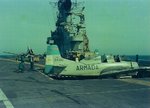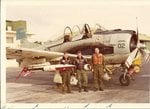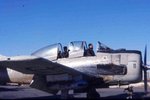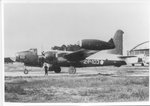- Thread starter
- #61
The last prototype airplane North American built at the General Aviation plant in Dundalk, Md., was for the NA-16 trainer series, later produced in California. The low-wing monoplane had open cockpits in tandem and a fixed, unfaired undercarriage. Made mostly of metal, but with some fabric on the rear fuselage, it was submitted to the Army Air Corps for evaluation within a month of its first flight. The design was selected for production as a basic trainer, although the Air Corps requested the cockpits be enclosed, fairing installed on the undercarriage and the engine changed to a 600-horsepower P&W R1340 engine. With these modifications, and a new designation of NA-18, the prototype was eventually sold to Argentina. The production versions launched North American as a manufacturer of training aircraft, starting with 267 BT-9s and 330 BC-1 "basic combat" trainers. In all, more than 17,000 derivatives of the NA-16 were built in North American's Los Angeles, Calif., and Dallas, Texas, plants during the 1930s and 1940s.

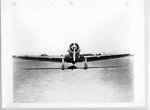
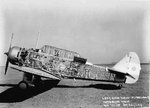
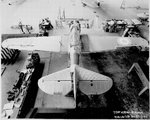
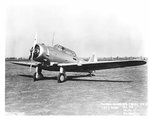




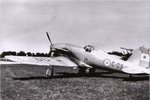




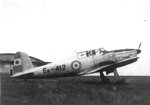

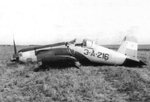
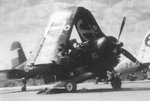
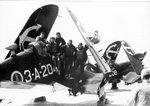

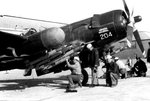

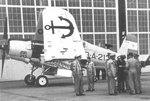


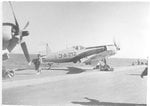

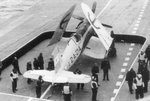

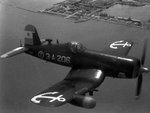
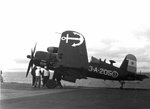





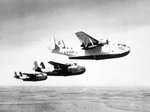



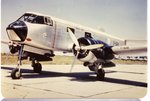
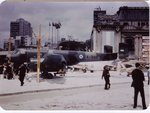
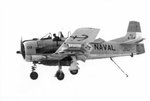
![T-28 P (7)[3].jpg](/forum/data/attachments/149/149557-99c7df5eb7aaa40339d8d97d0382841a.jpg)





